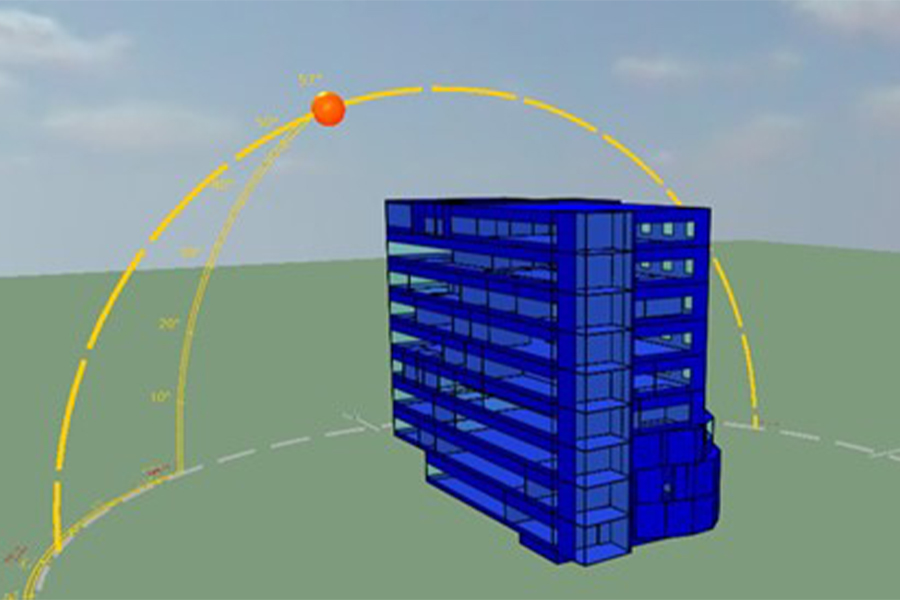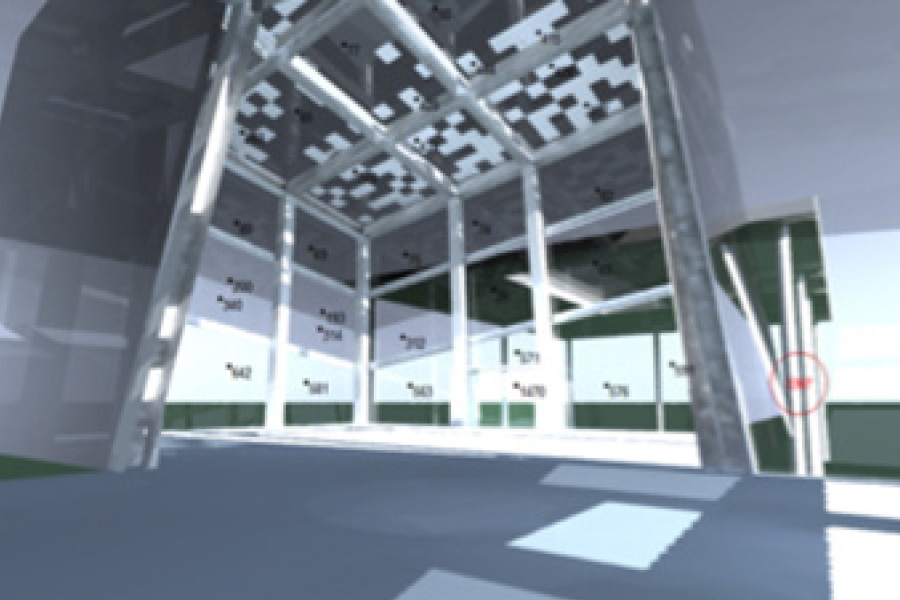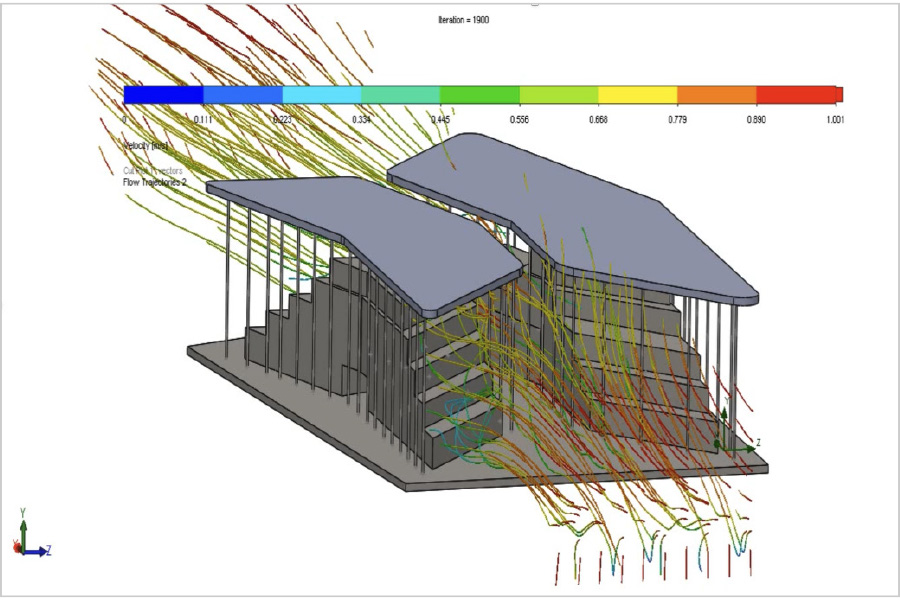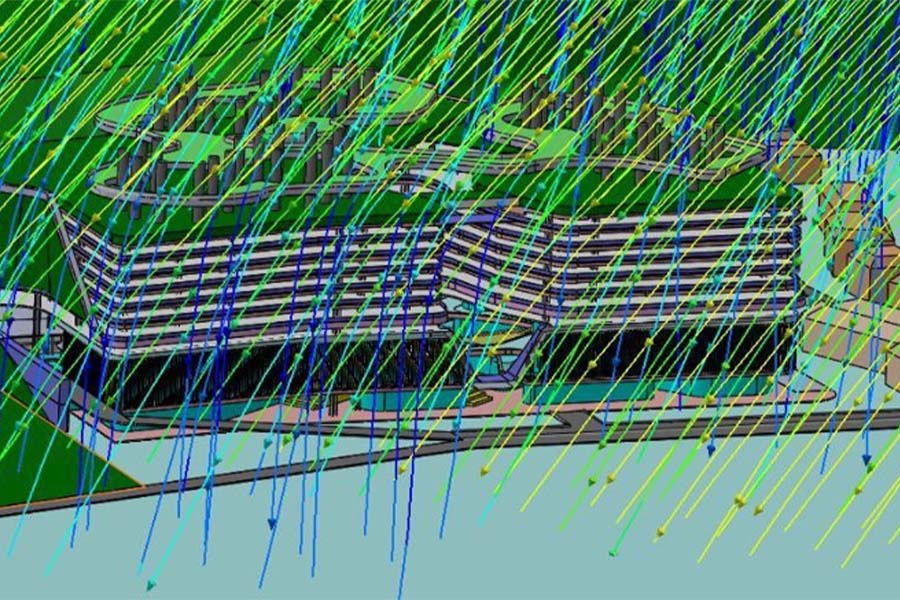

We conduct simulation models of buildings using innovative simulation engines. This allows us to create a virtual model of new or existing buildings with precise dimensions, materials, M&E systems, weather, and schedules. This process is valuable to building owners and developers advancing towards a more sustainable future.
Our simulation tools can help you and your team accurately quantify, measure, and visualise the performance of their buildings at concept design stages, even before construction. These tools are an integrated performance analysis used to optimise the building design by quantifying the effectiveness of passive and active design.
Optimizing building performance is crucial to maximizing energy usage and consequently, reduce operational cost. Simulating the building’s design in the preliminary stages gives you the opportunity to assess its predicted energy usage. The best way to achieve this is with an energy model. We conduct whole building dynamic energy modelling, from commercial to residential buildings, tropical or temperamental climates, to help you select the best design decisions and achieve targeted savings.

Natural daylight is scientifically proven to increase your cognitive performance, physical health, and mood. That is why we use the latest software to provide you optimized daylight and reduced glare, such as but not limited to building orientation, building material, weather, and climate. We have perfected our craft in daylight harvesting, having spearheaded simulations and received daylight credits in all certifications for 90-95% of our projects.

Sometimes we come across areas in the building where visual comfort cannot be obtained without artificial lighting. But if the room already has natural daylight, how can you incorporate artificial lighting without wasting energy? From single rooms to the entire floor and even the outdoors, our lighting simulation and design analyses the illuminance and performance of the light fixtures to enhance the building’s lighting quality.

Computational fluid dynamics (CFD) is the practice of using numerical simulation and analysis to solve problems regarding fluid flow and heat transfer processes. CFD can greatly benefit building design by giving the designers a holistic insight of predicted air flow and heat transfer processes at a microscopic level. From internal comfort to HVAC layouts, we have the essential tools to test and optimise the design of your system for better performance levels.

The most critical source of moisture affecting the performance of building façades is Wind-driven Rain (WDR). A CFD methodology is used to predict problems such as precipitation protection, sealing, drainage accumulation, and formulate solutions to solve them.

Air conditioning systems in buildings are typically the largest energy consumers and have high initial capital investment. Therefore, it is critical to select, design, and size the most appropriate system to meet the specific cooling needs of the building. Optimization is the process of designing and deciding on the best air conditioning system for your building using dynamic simulation tools with cost and benefit as a basis. We simulate various air conditioning system options available to evaluate the most appropriate solution for your building.
